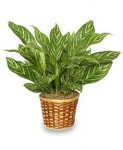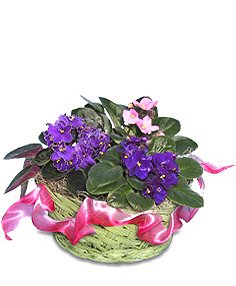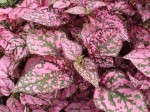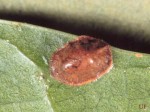If you’d asked me just over a year ago what I thought a Benjamin fig was, you’d have received a blank stare and then some sort of foodie response. Unfortunately, Benjamin fig (also known as Weeping Fig) is not the newest way to spice up your figgy pudding but it is an awesome houseplant to have in view.
Benjamin fig (Ficus benjamina) is an incredible thing of beauty. It’s your typical ficus, i.e. shrub-looking houseplant. In fact, Benjamin fig IS the leading ficus found in most homes. It’s popularity has been noted for years and continues to scale onward and upward. Being of a curious nature, I wondered why. I browsed the Flower Shop Network plant care information for Benjamin fig and found out very quickly why everyone loves this ficus.
It’s not hard. It’s not easy. Benjamin Fig plant care is just right. Benjamin fig requires a lot of attention but the payoff is great. Also a popular bonsai tree, Benjamin fig is perfect for practicing discipline and attention to detail. It is great for home-bound people who enjoy a hobby in which they can literally watch themselves reap the benefit of their effort. Benjamin fig houseplants are also the perfect gift for plant care experts who need a challenge but don’t want a time-consuming project.
Here’s a heads up about Benjamin fig plant care. Treat Benjamin fig houseplants much like you would treat yourself or a person living in your home. That’s not to say you should talk to your plant or invite it out to dinner but keeping the “house guest” notion in mind will help remember how to properly care for your plant. For example:
- Benjamin fig houseplants require very moist but well drained environments. (i.e. They can’t be thirsty or waterlogged.)
- Benjamin fig plants need an area of indirect sunlight without direct heat or drafty cold. (i.e. They want to live in a comfortable environment. Not too hot or cold. Keep the thermostat on “comfy”.)
- Benjamin fig requires a varying fertilizer regimen over its lifetime. (i.e. Tastes change from birth to adulthood. Vary meals accordingly.)
See? This is one house guest that you won’t mind having around. They don’t talk back. They don’t steal all of your food. They don’t invite friends over without notice. They simply sit in the corner and look beautiful for you so long as you pay them a little attention every few days. Why wouldn’t someone want a houseplant like that? Now if they only made Benjamin fig in human form…


 Find Your
Find Your 






